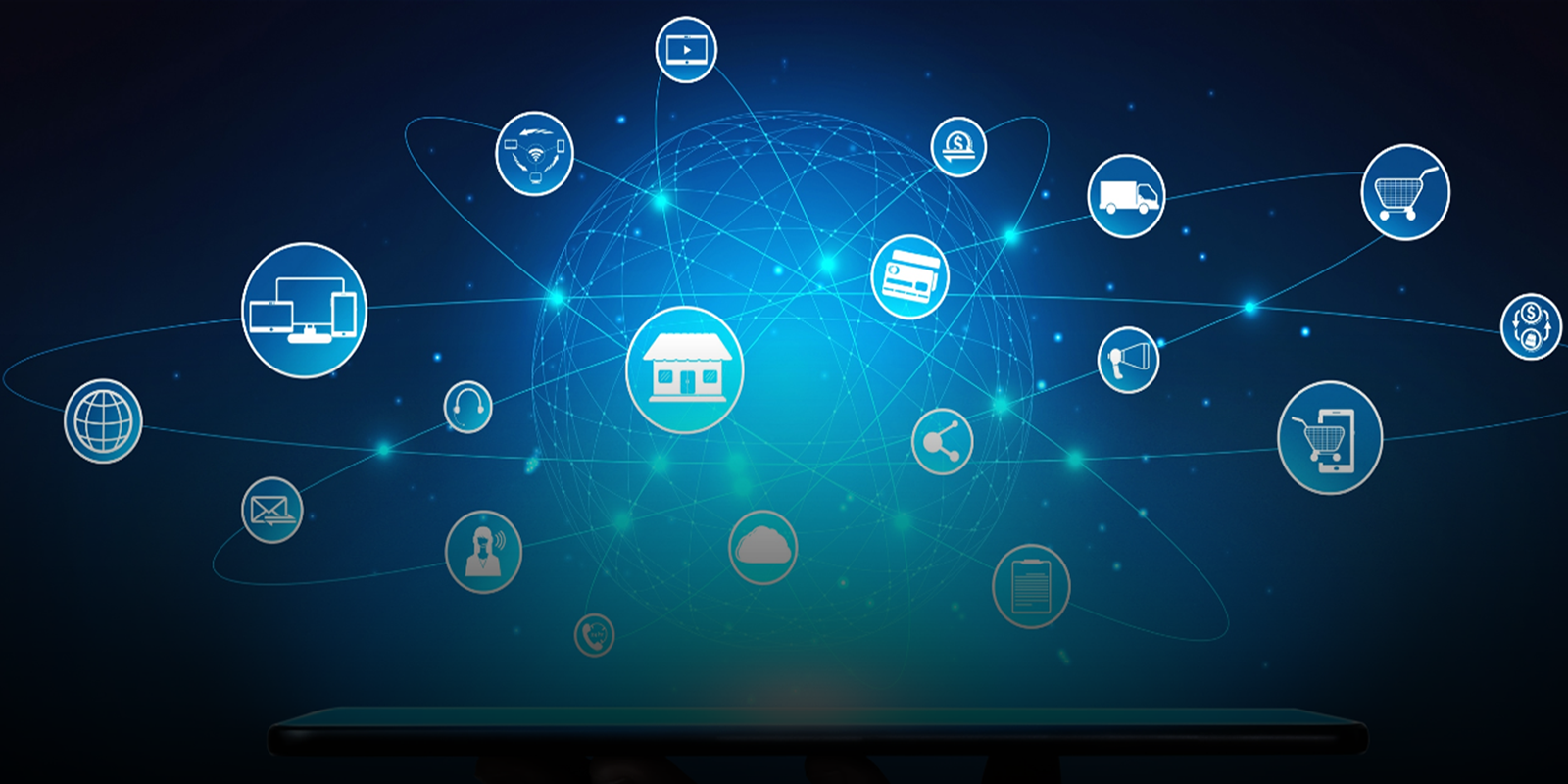
Omnichannel Marketing Basics You Should Know!
11 March, 2022
Digital marketing has taken the world by storm, with nearly every business owner willing to take one’s business online. But with the rising competition in the online marketplace, there’s something more that you can do. That is where omnichannel marketing comes into play.
What is Omnichannel Marketing?
Omnichannel marketing involves the integration of various digital channels/platforms in order to create consistent brand communications with the customers. This form of marketing goes a long way to ensure that the users stay informed and engaged. The mediums of omnichannel marketing include the following:
- Voice Calling (Outbound Calling, Interactive Voice Response)
- Bulk SMS Marketing (By Embedding Short URLs)
- Social Media Messenger Marketing (Structured & Unstructured Messages)
- Email Marketing (Promotional, Transactional)
- Online Advertisements (On Social Media & Web)
- Digital Marketplaces (Industry-Specific Portals That Help In Product Sales)
- Print Ads & Banners (Embedded with QR Codes)
In simple words, the interlinking of communications between online and offline platforms is what defines omnichannel marketing the best.
Benefits of Omnichannel Marketing
The prime benefits of omnichannel marketing are:
- Increased Brand Loyalty
Customers resonate more with the businesses that stay in their sight across different communication mediums, i.e., through consistent brand awareness or by offering attractive deals/offers on their services/products. - Brand Recall Value
The more the consumers connect with your brand across platforms, the more they remember you. This can consequently lead to a purchase decision as a given consumer trusts the brand messaging over a period of time. - Repeated Sales
As the customer connection grows, you keep the momentum going with continuous sales. Omnichannel communications keep the company cash-flows running, as repeated customers define the business success in the long run.
Multichannel Marketing v/s Omnichannel Marketing
Mostly when small businesses go online, they begin with single-channel marketing. It could be by building a social media page or taking a voice-call communication service. With time as businesses grow, they consider more channels to spread the word. This approach comes under Multichannel Marketing.
While the very act of integrating the multiple channels to one another comes under Omnichannel Marketing. It can be done by building consistent and connected customer experiences at every touch-point. Giving out more information, strategically placing CTAs, and providing well-addressed support systems can add good value to the customer’s journey.
ConclusionOmnichannel marketing communications are customer-centric and aim to reach the customers where they are, whether through print, mobile, digital, or in-store communications. Customer experience is emphasized across all the industries viz. Healthcare, Finance, Retail, Technology, etc., in Omnichannel marketing. Consistency and identifiable brand tone/vision is maintained across all communication formats as that generates good brand loyalty and repeated purchases.








